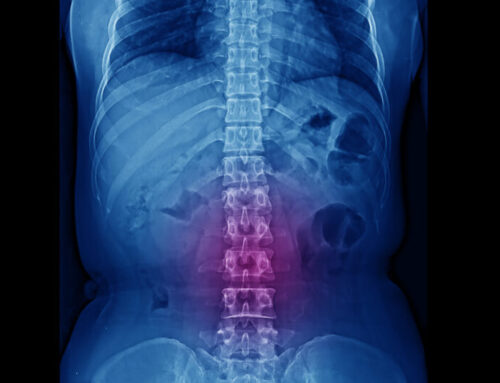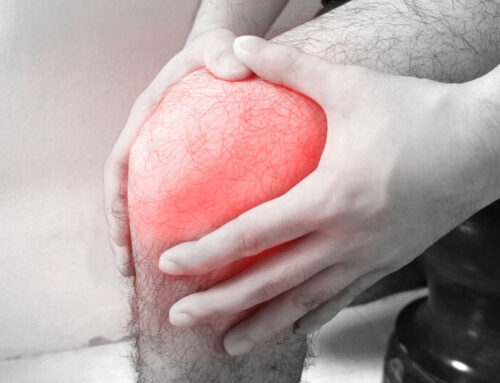
New Technology Boosts Chronic Pain Management Treatment Options
Chronic pain is a serious issue affecting millions of Americans every day. It can cause a decrease in mobility, a decrease in quality of life, and lead to depression and anxiety. For many individuals, pain medications may offer temporary relief, but they can also lead to addiction and dependency, making the problem even worse.
Fortunately, there are other options available to those suffering from chronic pain. Two doctors in Texas, Dr. John Broadnax and Dr. Eric Anderson at Advanced Pain Institute of Texas, have been at the forefront of offering new, innovative treatments to their patients. Their commitment to staying up-to-date with the latest advancements in pain management has led them to explore new techniques such as the Medtronic Differential Target Multiplex (DTM) spinal cord stimulation waveform and peripheral nerve stimulation.
Spinal cord stimulation has been used for decades as a way to help relieve chronic pain. The traditional method involves implanting electrodes into the spine to stimulate the nerves and block pain signals. However, the DTM waveform is a newer version of spinal cord stimulation devices that have been around in various forms since the 1980s.
The DTM waveform allows doctors to stimulate not only spinal cord neurons but also glial cells. This unique stimulation can provide even greater pain relief than traditional spinal cord stimulation. Additionally, the DTM waveform can target multiple types of nerves at once, providing a more effective approach to pain management.
Before implantation of the spinal cord stimulator, patients undergo a trial period to ensure the device will be effective for them. During this trial period, doctors monitor patients for at least a 50 percent reduction in pain, improved sleep, and decreased use of pain medication. If the trial is successful, the device is implanted under the patient’s skin, similar to a pacemaker.
The results for patients who have utilized the DTM waveform have been impressive. Many patients have experienced 80-100 percent relief of their chronic pain. What’s more, since the introduction of the spinal cord stimulator, the doctors have been able to significantly decrease or even eliminate opioid usage in over half of their patients. The key to success with this treatment is careful patient selection and appropriate application of the technology.
In addition to spinal cord stimulation, the doctors at Advanced Pain Institute of Texas are also utilizing peripheral nerve stimulation. This treatment is a game-changer for chronic pain sufferers. Unlike many pain management treatments designed to target specific conditions, peripheral nerve stimulation reduces chronic pain in practically all areas of the body, including the knees, shoulders, hips, neck, back, and foot pain. It can also help patients who have experienced nerve-related trauma, headaches, continued pain after surgery, and debilitating symptoms that haven’t responded to other treatment methods.
The procedure involves implanting a tiny electrical micro-lead as close to the pain area as possible. The device comes with a remote for the patient to adjust the amount of stimulation they’re receiving. After 60 days, the device is removed. Many patients report complete relief of their pain for 1-2 years following the procedure.
Dr. Anderson notes that there has been an explosion of information in the pain management space over the past five to ten years. There are more options available than ever before, and they’re coming out rapidly. As a result, it’s an exciting time to be a part of the industry, and patients have more options than ever to consider.
At Advanced Pain Institute of Texas, the doctors are committed to staying at the forefront of pain management techniques. They are constantly researching and exploring new treatments to offer their patients the most effective options available. Their dedication to their patients’ well-being is evident in the success stories they’ve seen with the DTM waveform and peripheral nerve stimulation.
Share this article
Follow us
A quick overview of the topics covered in this article.











